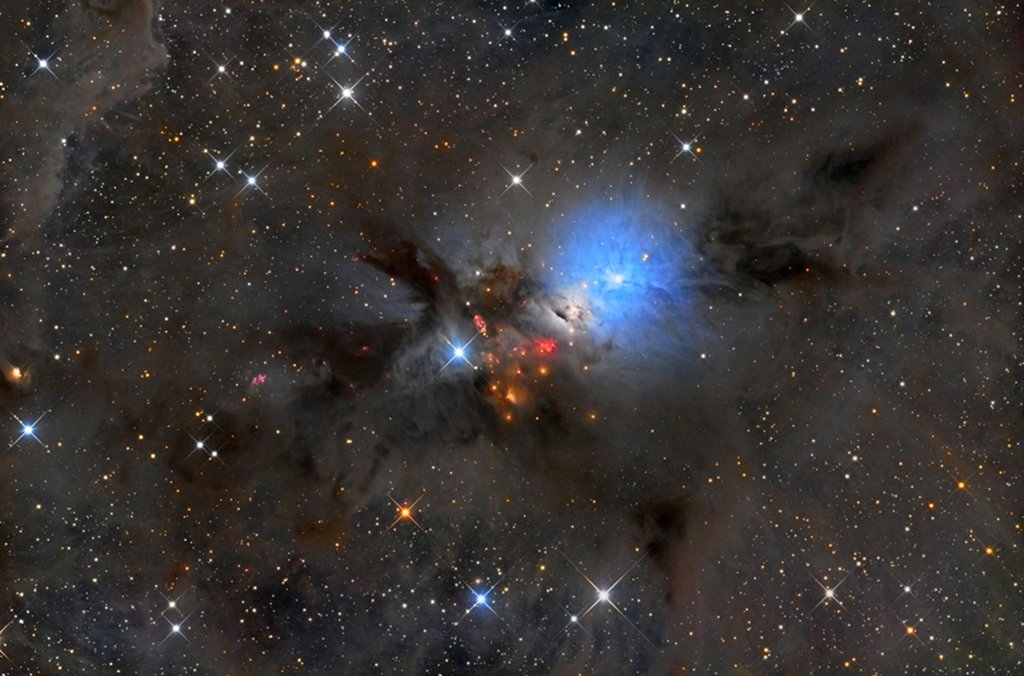 Dionysus – Tyrant and Liberator
Dionysus – Tyrant and Liberator
From Myth and More, 2013
Recently I was asked a question about Dionysus and what weaknesses this god had. In this post I will create a short profile of Dionysus and address fatal flaws or “Achilles’ heel” for this god.
The Story
While pregnant, Semele, the mother of Dionysus, falls to her death when she gazes upon the unprotected vision of the father of her child, Zeus. To allow the unborn child to continue to grow, Zeus places the child in his thigh secured with a golden clamp. When it was time for the child to be born, Zeus opens the clamp and gives birth to the infant Dionysus, the “twice-born.”
To protect him from the wrath of Hera, the wife of Zeus, Dionysus is raised by nymphs and dressed as a girl. In adolescence, Dionysus discovers wine, rejects his feminine disguise and is found by Hera. At this point, Dionysus goes mad. The myth is rather vague whether his madness is from Hera’s vengeance, the onset of adolescence, or the wine. But, whatever the cause, he wanders across Greece, Egypt, and Syria in his madness. Continue reading →



 TELETE
TELETE
 Erinyes
Erinyes
 Pan: The God of All
Pan: The God of All Greek God Pan
Greek God Pan December–The Tenth Month
December–The Tenth Month









Recent Comments